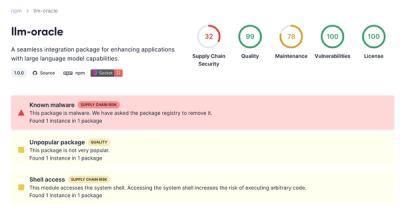xterm-addon-ligatures

Add support for programming ligatures to xterm.js when running in
environments with access to Node.js APIs (such as Electron).
Requirements
- Node.js 8.x or higher (present in Electron 1.8.3 or higher)
- xterm.js 3.6.0 or higher using the default canvas renderer
Usage
Install in your project by running:
npm install xterm-addon-ligatures
Then, modify the location where you initialize the terminal to enable ligature
support after opening. If you enable ligatures prior to opening the terminal,
they will not function properly.
Your code should look something like this:
import { Terminal } from 'xterm';
import * as ligatures from 'xterm-addon-ligatures';
Terminal.applyAddon(ligatures);
const terminal = new Terminal();
terminal.open(document.getElementById('terminal-mount'));
terminal.enableLigatures();
Importing in TypeScript
If you use TypeScript, you will need to cast the terminal variable as any when
you enable ligatures because TypeScript does not know that the addon is
available on the terminal object. It will look like this:
(terminal as any).enableLigatures()
Alternatively, you can import the addon directly as a function and pass the
terminal as an argument:
import { Terminal } from 'xterm';
import { enableLigatures } from 'xterm-addon-ligatures';
const terminal = new Terminal();
terminal.open(document.getElementById('terminal-mount'));
enableLigatures(terminal);
How It Works
In a browser environment, font ligature information is read directly by the web
browser and used to render text correctly without any intervention from the
developer. As of version 3, xterm.js uses the canvas to render characters
individually, resulting in a significant performance boost. However, this means
that it can no longer lean on the browser to determine when to draw font
ligatures.
This package locates the font file on disk for the font currently in use by the
terminal and parses the ligature information out of it (via the
font-ligatures package). As text is rendered in xterm.js, this package
annotates it with the locations of ligatures, allowing xterm.js to render it
correctly.
Since this package depends on being able to find and resolve a system font from
disk, it has to have system access that isn't available in the web browser. As a
result, this package is mainly useful in environments that combine browser and
Node.js runtimes (such as Electron).
Fonts
This package makes use of the following fonts for testing:



